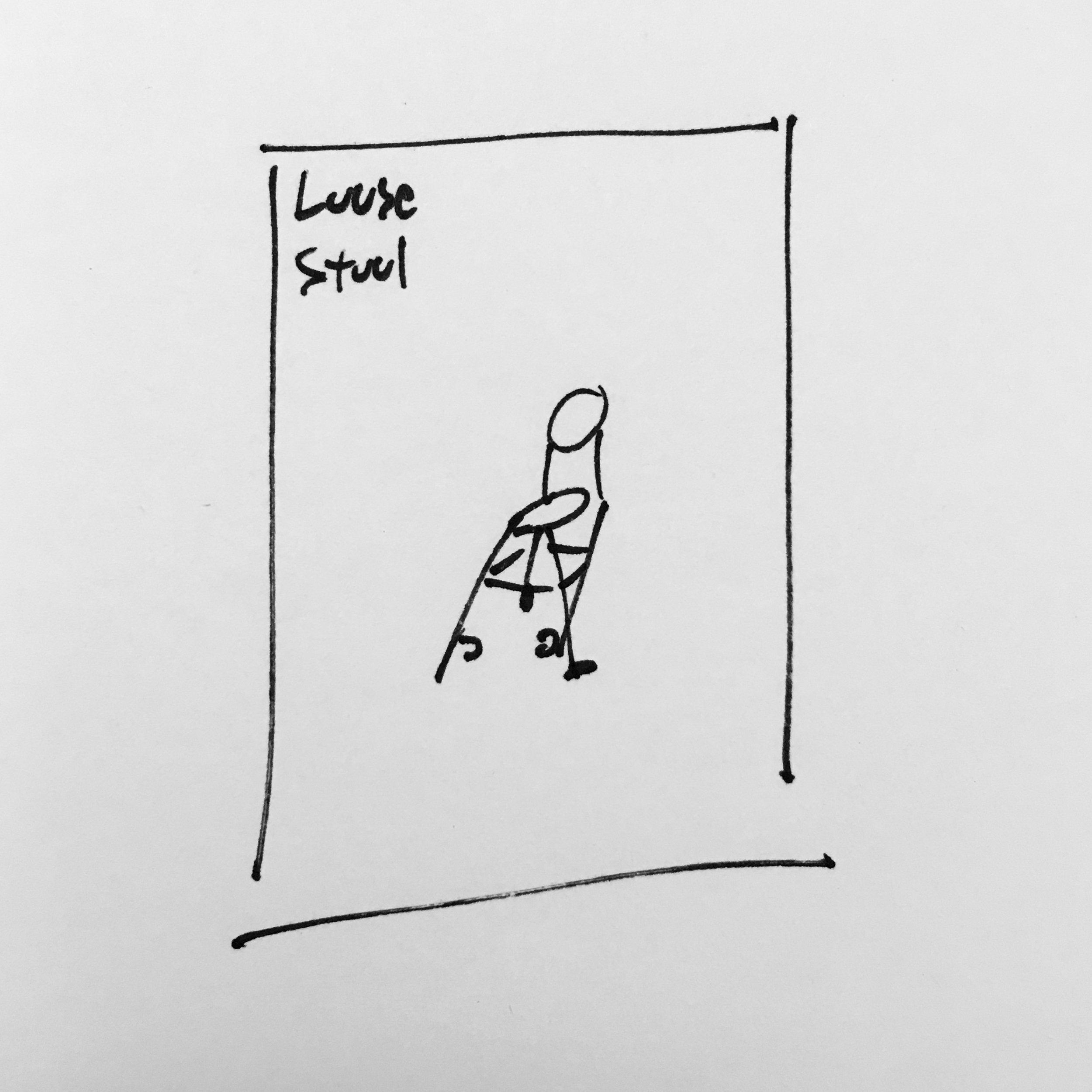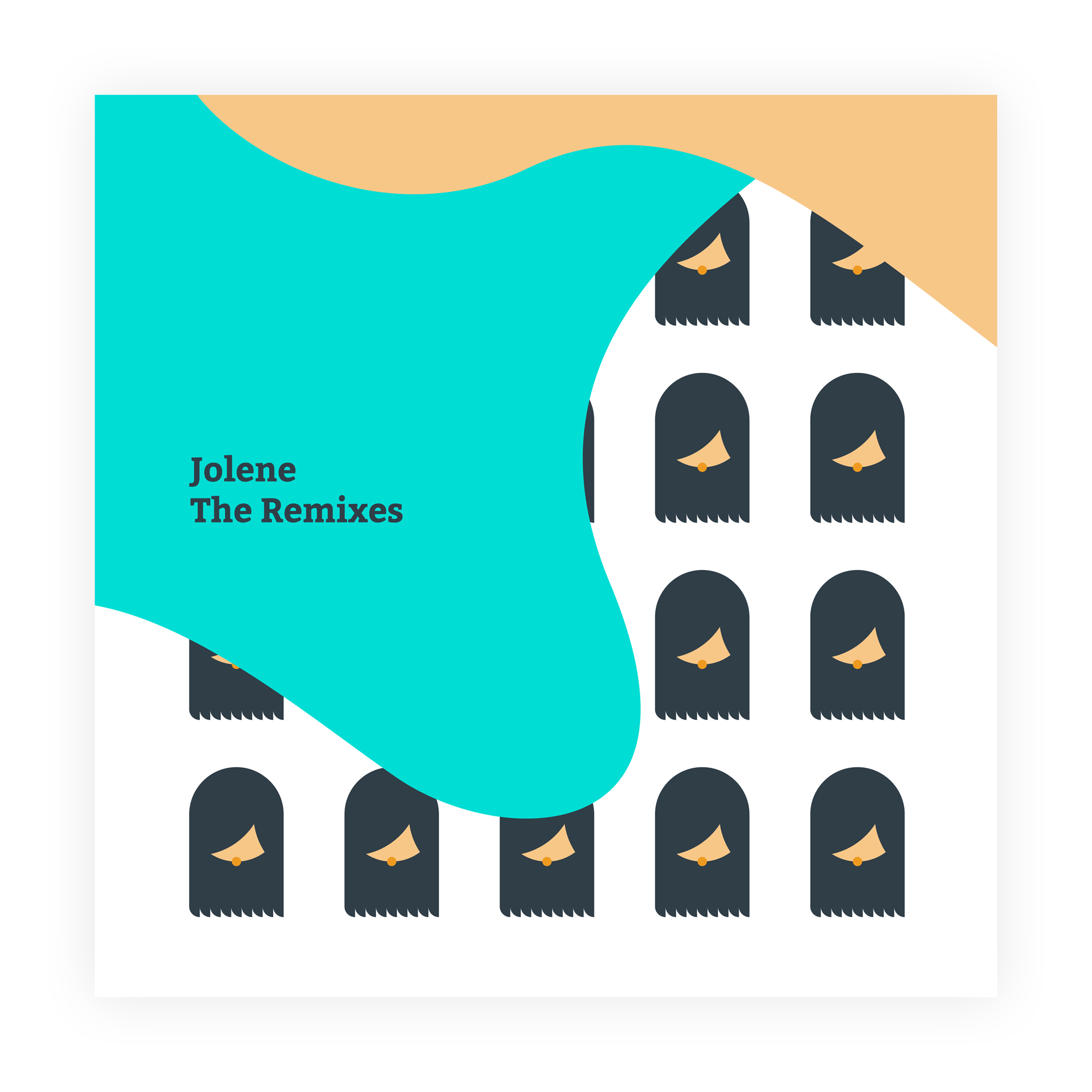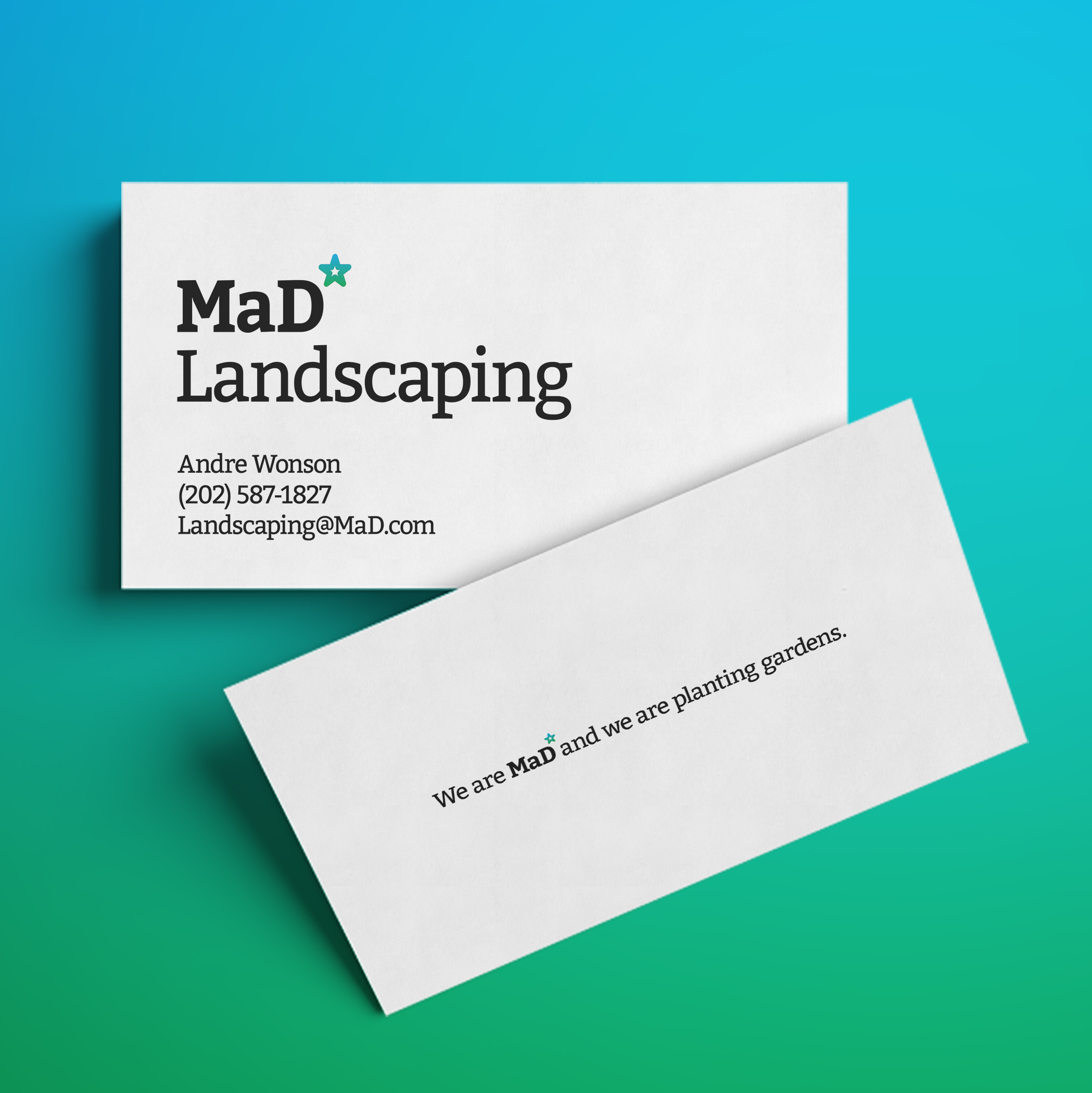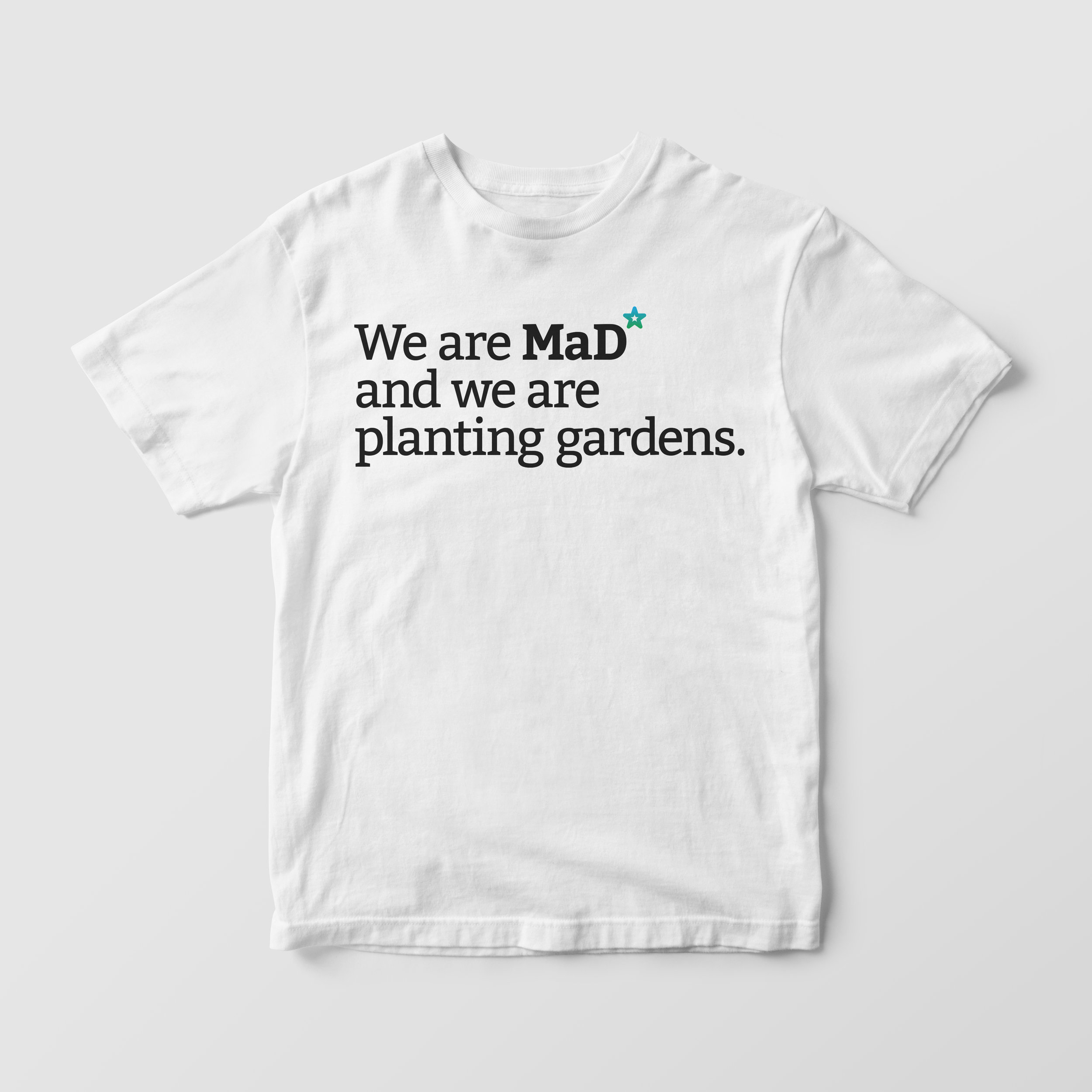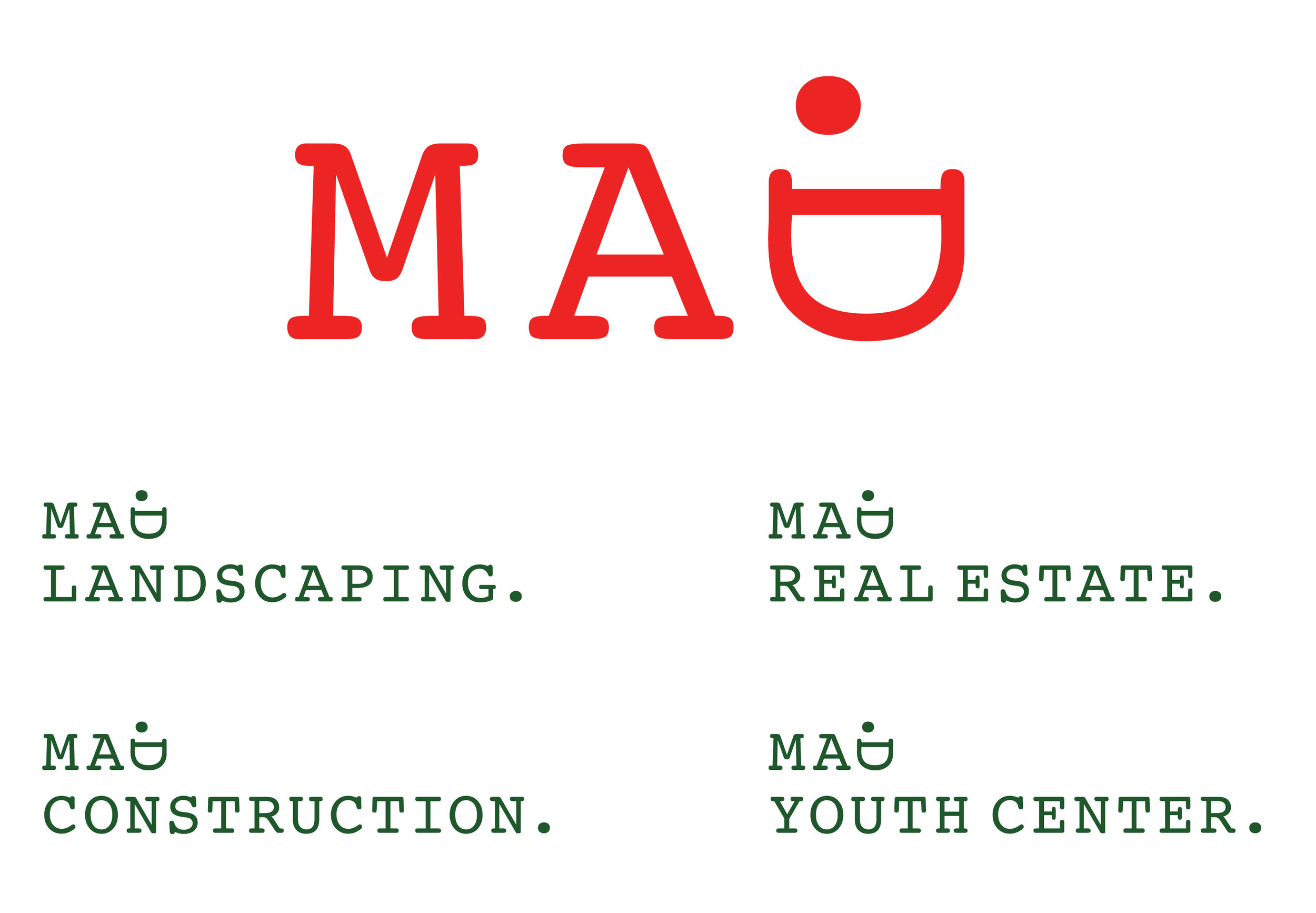Graphic Design is Storytelling. Sure.
Despite the lack of critique around the term "storytelling", the very fact that it's become a cliche way to explain the role of just about any profession seems to speak to something. Storytelling is a human quality. We tell stories to make sense of the world, and find our place in it.
But is storytelling really the best way to explain professions, and in our case graphic design? What specifically do we mean when we say “story?” What are the necessary ingredients, and what are the limitations of the medium? I would argue that sometimes the work of graphic design could be called storytelling, but in some cases it is better thought of as character development.
Consider this marketing campaign. A series of posts are released on Instagram, a video is posted to Facebook, and a print ad is run in a local publication. A story could conceivably be encapsulated in the video, or the Instagram posts, but what about the print ad? Or what if a potential customer only sees one of the Instagram posts? There is no way they are going to be able to grasp the full story, and I would argue that this is the predicament for most visual communication. They are not seen in context, they are not read thoroughly, and they are not viewed in their entirety. Forcing a story-based campaign on them may not be the most effective use of a graphic designers efforts.
So what can be done?
Create characters.
A compelling character can be encapsulated in a single image. This is what has turned logo design into an esoteric art form, rather than a simple piece of a graphic design. Companies are asking themselves the same questions about their logos that people ask themselves when they consider a clothing purchase: “Are we the type of company that would have a red logo?” “Am I the type of person who would wear a fedora?” These are the questions that graphic design can answer, and they are more about a company's character (or identity) than about their story.
It’s tough to draw a clear line between character and story, but it’s hard to argue that there aren’t delineations between them. Naturally, a story is reflected in character—but these reflections require diligent work in order to be accurately and concisely built into a character, when the medium requires it. In the same way that a human’s history leaves abstracted signatures on his person—the creases on his face, a perpetually furrowed brow, a knee that tends to buckle—graphic designers have the opportunity to transform story into character.
So are graphic designers storytellers?
Sure.
Loose Stool
"Jolene" The Remixes
Wishful Thinking
The Doctor Is In
Clip from opening titles for a video series by the Advisory Board
Shapes: The Fall
Moontaanz
MAD Branding →
MAD is Making a Difference, a community development organization based in South East DC. They were founded in 2017 by Andre Wonson, a fellow at Changing Perceptions, a nonprofit that works with individuals coming out of incarceration to develop entrepreneurship.
Branding Option 1
Andre likes to tell the MAD origin story using three images.
First is the bumpy road.
This represents Andre's youth in the South East. He went through some tough experiences, and through that hardship he found himself incarcerated at a young age.
Next are the moon and stars.
After Andre had served his term he wanted to invest in the youth of his community. He wanted to show them that despite the bumpy road you can still shoot for the moon, and if you fall short you will be amongst the stars.
Lastly is the water.
Andre believes deeply in the potential of the youth in the South East, but he knows he can only lead them to water. He can't make them drink. They have to choose to believe in themselves just as Andre chose to believe in himself. The ship represents the continueing journey.
For the first logo option, I chose a star combined with a bold slab serif. The star is lifted from Andre's illustrated origin story for MAD. It represents hope while giving a slight nod to the stars in the DC flag, a point of pride for DC natives. The star also acts as an asterisk to signal to the reader that "MaD" is transforming anger. The typeface is Bitter, a free download (key for an organization with limited budget) that is designed to work well on screens and paper. It is rendered bold and 100% black to convey strength and steadfastness.
Option 1 Logo
MAD's first initiative is the establishment of a Riversmart landscaping project that specializes in rain garden installations. The Landscaping logo is a simple evolution of the organization logo. A blue to green gradient is used on the star to represent rainfall and plant growth.
Option 1 Landscaping Logo
Option 1 Colors
A practical branding challenge for MAD is that they are a small organization, with minimal web presence, and diverse dreams. Andre's vision for MAD is to be a flexible, multifaceted organization with many different projects going at once: landscaping, real estate, construction, youth center, etc. To compensate for this, the branding system must be both organic enough to grow with the organization, while also simple enough for a small business with no marketing team to wield the brand effectively. Thus the mark, colors, and typeface will be consistent across all the various projects. This will make it easy for Andre to use the logo system, and through consistency the brand will gain recognition.
The organization's short-term needs are business cards for the landscaping project, and a flyer explaining what MAD is. Combine these two inexpensive pieces of collateral and a potential customer will be able to grasp the overall vision for MAD and understand the practical sales pitch for the landscaping project.
Option 1 Landscaping Business Card
I wrote the tagline to play off the organizations acronym to be adaptable to new business ventures, to convey the spirit of the founder, and to distance the brand from any negative connotations of the word "mad."
Option 1 Flyer and Landscaping Business Cards
T-shirts round out the practical and easy-to-implement branding collateral.
Option 1 T-shirt
Currently Andre spends most of his time on the landscaping project, but in the long term he hopes to diversify into construction, real estate, and anything else useful to the community. Below are examples of logos and taglines that illustrate the flexibility of the option 1 logo system.
Option 1 Logo System
Branding Option 2
Option 2 is all about embodying the spirit of MAD's founder. Andre did not grow up in a life of privilege, but in spite of this he is a force of optimism. This notion is alluded to by turning the "D" in MAD on it's side and adding a period above it to create a winking smiley face. In this way "mad" is transformed from anger to joy, just as Andre has transformed his hardship into joy. I chose Courier as the typeface mostly for the fact that it is monospaced. This quality allows room to rotate the "D", and it conveys a machined coldness that is a perfect set up to undermine with a playful twist. The color is pulled from the red in the DC flag.
Option 2 Logo
Much like option 1, the landscaping logo for option 2 is a simple evolution of the organization logo. I chose green because of the obvious association with nature, and for the visual vibration caused when the dark green is combined with the bright red of the organization logo
Option 2 Landscaping Logo
Option 2 Colors
Like in option 1, the collateral for option 2 is designed to be inexpensive, easy to implement, and give Andre devices for explaining his vision. Thus the background of the business card features river oats, a plant native to the DC area and one that Andre uses often in his landscaping work.
Option 2 Landscaping Business Card
The flyer for option 2 is designed as a letter from Andre to his customer. In it he can tell his story, explain how MAD came to be, and talk about the landscaping project.
Option 2 Flyer and Landscaping Business Cards
Option 2 T-shirt
Option 2 Logo System

